Open-Source CFD Solutions for the Marine Industry
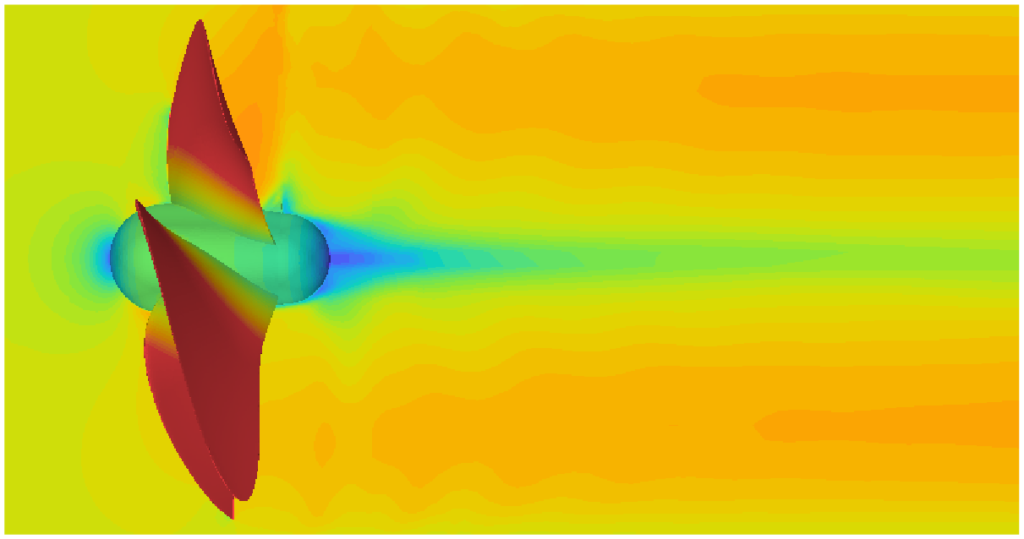
WEBINAR ON DEMAND This webinar discuss ENGYS’ efforts towards enabling the marine industry to perform complex analysis tasks with HELYX and HELYX Marine Add-On. The marine industry utilizes computational fluid dynamics (CFD) for a variety of analysis and optimization tasks including calm-water ship resistance analysis; hull shape optimization; multiphase ship analysis with dynamic sinkage and […]
HELYX 4.0.0 Release Highlights
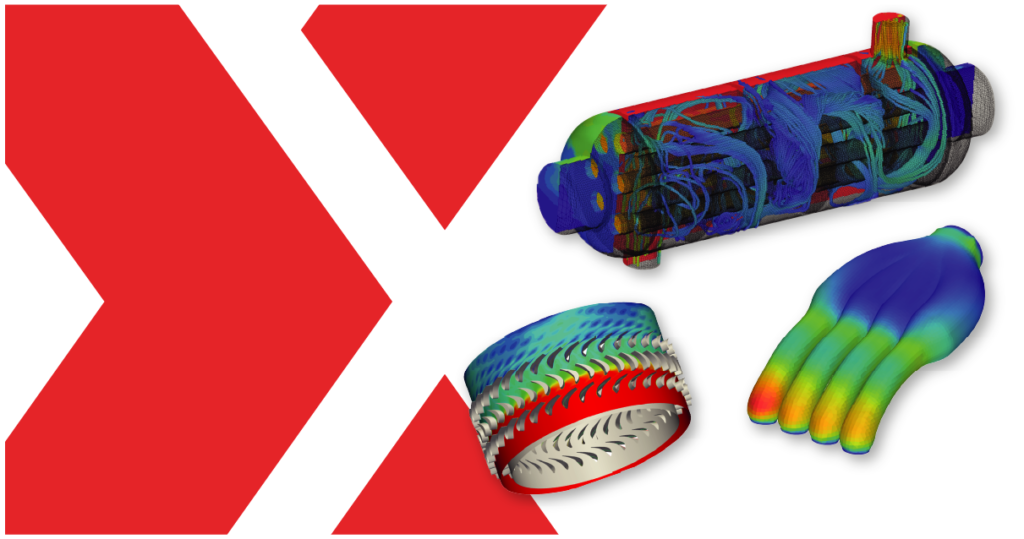
WEBINAR ON DEMAND In this webinar, we discuss the additions and enhancements introduced in HELYX 4.0.0 version in terms of usability, model availability and performance aimed at improving user experience and simulation capability. You will discover some of our most recent advances New unified solver framework for single-phase flow solutions New materials library New extended […]
Urban Physics Modelling Using Cloud-Based CFD Simulation

WEBINAR ON DEMAND Learn how SoftSim’s quest for enhanced CFD capabilities transformed architectural planning with ENGYS’ cloud-based CFD and HPC technology. Urban Physics Modelling (UPM) stands at the forefront of modern urban planning, architecture, and engineering, enabling us to comprehend the complex interplay between built environments and the surrounding microclimates. As cities grow and evolve, understanding […]
HPC-Based Design for Smoke Control in Subway Tunnels

WEBINAR ON-DEMAND Explore how advanced HPC technology revolutionized smoke control in subway tunnels through CFD simulations. In the ever-evolving landscape of urban transportation, safety remains paramount. The AENEAS Project, a joint effort by ENGYS, Tecnosistem and CINECA, sets out to tackle a pressing issue – smoke control in subway tunnels. With a staggering 500 lives lost […]
Streamlining Turbomachinery Design with HELYX and CFturbo
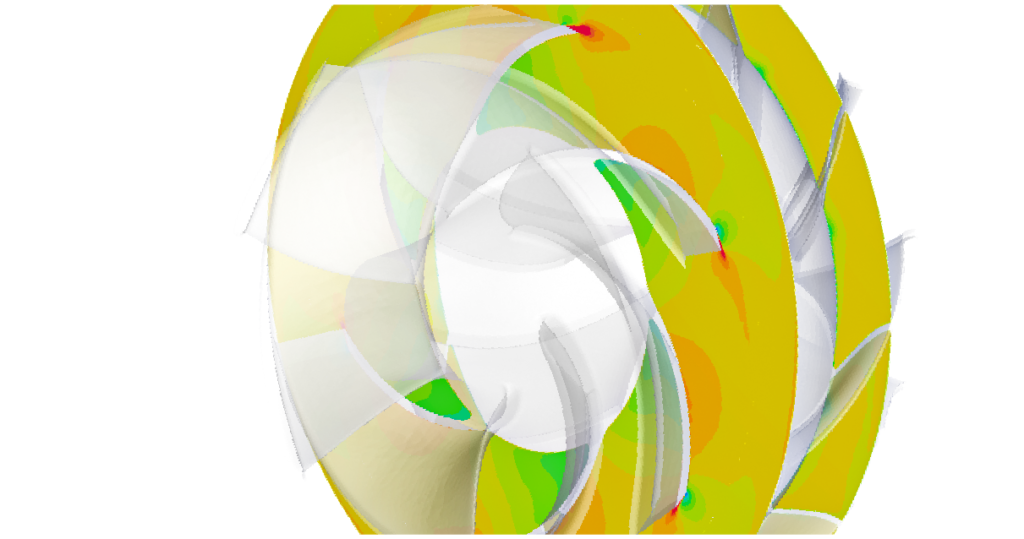
WEBINAR ON DEMAND Stay updated with the latest tools and techniques in turbomachinery design with experts from ENGYS and CFturbo In turbomachinery design, Computational Fluid Dynamics (CFD) plays a pivotal role in optimizing performance and efficiency. By simulating fluid flow and heat transfer, CFD helps engineers to predict and enhance the behavior of turbomachinery components […]
HELYX 4.2.0 Release Highlights
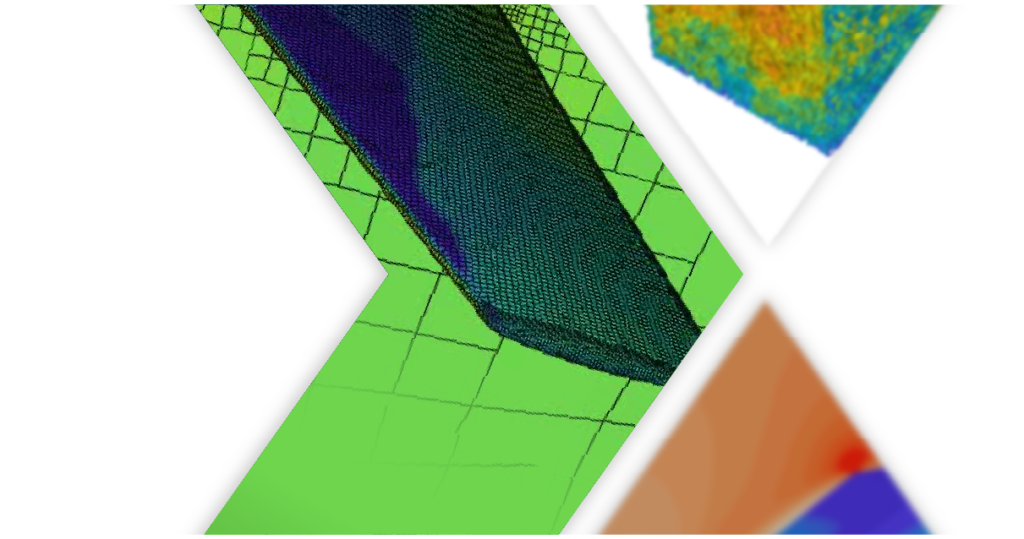
WEBINAR ON DEMAND Explore the advancements introduced in the 4.2.0 version of HELYX. In this webinar, we’ll explore the exciting new features and enhancements in HELYX 4.2.0. From enhanced automation and advanced mesh generation to a cutting-edge solver framework and improved visualization tools, HELYX 4.2.0 is set to redefine the way you approach CFD simulations. Join us as […]
HELYX
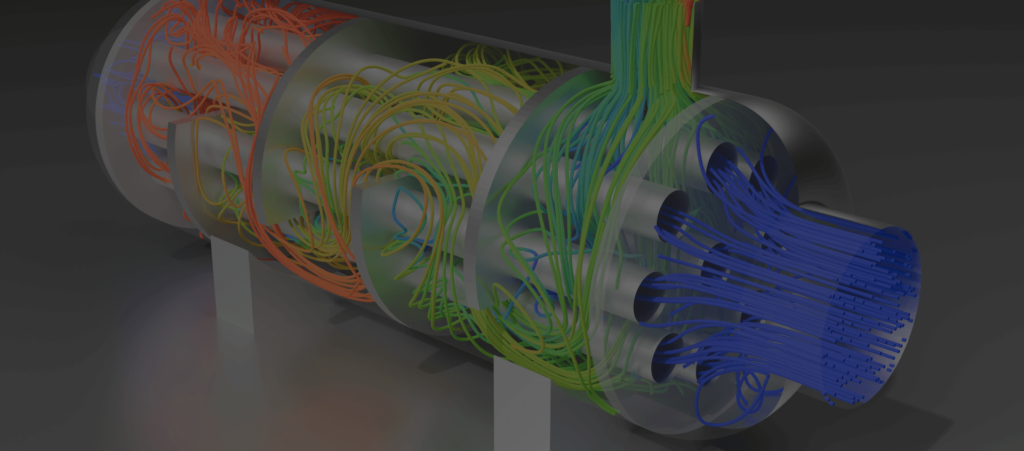
Open-Source CFD for Enterprise Developed by ENGYS, HELYX leverages our expertise in open-source CFD solutions to offer a unique product that combines the reliability and support of traditional tools with the cost-effectiveness and scalability of open-source software. Benefits Enjoy all the benefits of both open-source and commercial CFD software in one tool. Unlimited scalability Easy-to-use […]
ENGYS® Releases HELYX® Version 4.2.1
ENGYS is pleased to announce the release of HELYX® version 4.2.1, alongside the corresponding updates to all HELYX add-on modules (HELYX-Adjoint, HELYX-Coupled and HELYX-Marine). HELYX 4.2.1 focuses on bug fixes and code refinements to address known issues found in the previous version 4.2.0. For more information, existing users should refer to the Release Notes provided with the software. To […]
How Air Curtain CFD with HELYX Helped Develop the AirDoor
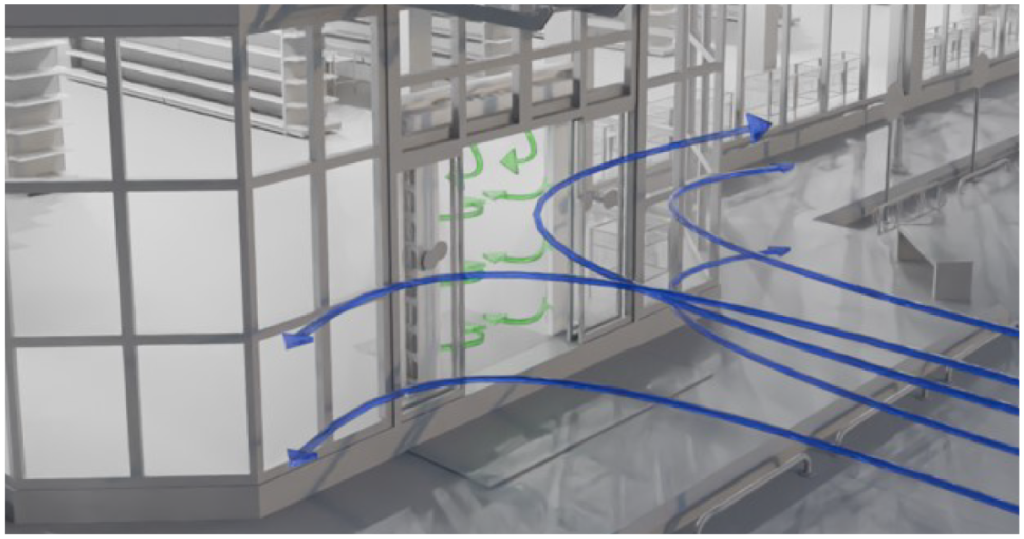
Whether it is a supermarket, shop or business, the trick to lure in customers is to utilise sights, sounds and smells. This has led to most commercial buildings leaving their main doors open, to appear welcoming and increase footfall. However, operating this way comes at a cost – either by heating the building in winter […]
ENGYS Participates in AI4TwinShip: Real-Time Design and Optimization of Marine Vehicle Hulls
ENGYS is proud to announce its participation in the AI4TwinShip project, a cutting-edge initiative aimed at revolutionizing the design and optimization of ship hulls using advanced artificial intelligence (AI) techniques coupled to Computational Fluid Dynamics (CFD) and mesh morphing. The primary objective of AI4TwinShip is to develop and demonstrate a new service for real-time prediction […]